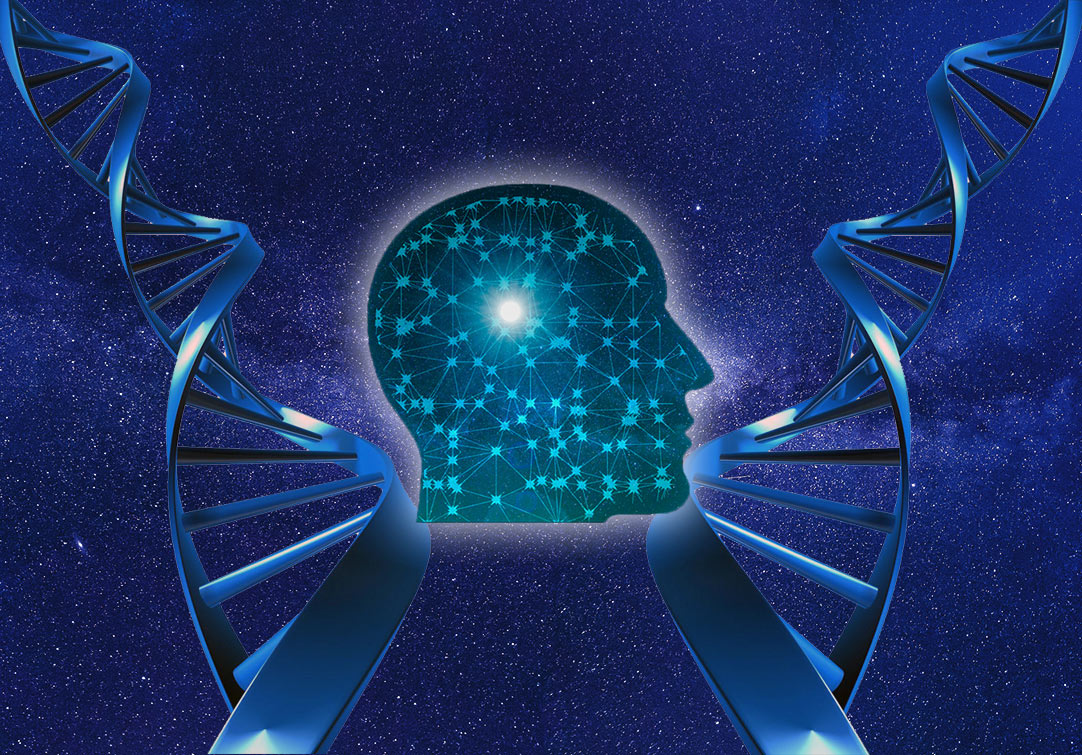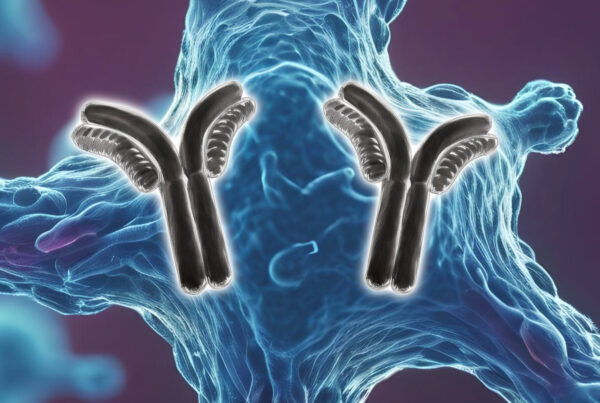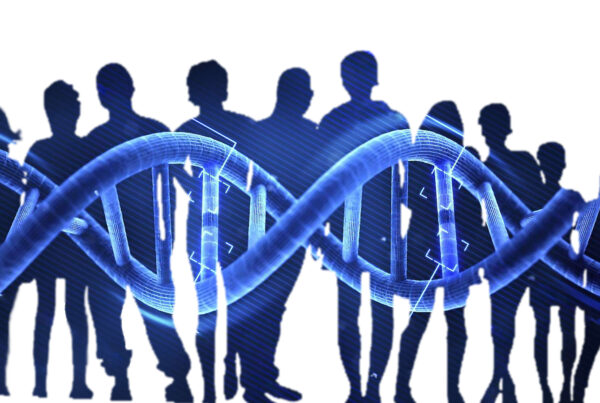Fights and conflicts within and between groups have been a part of life since the beginning of human history and beyond. Conflict has been such a dominant factor that the evolution of the hominin facial features was partially driven by the need for protection during physical confrontations. It has been suggested that even the male beard evolved due to the need for protection of the lower jaw, the most fragile part of the head (Carrier and Morgan, 2015; Beseris et al., 2020).
Even though it is nowadays a rather controversial topic, research has looked into the link between human genes and conflict, asking the question: “How do genes affect human behaviour and contribute to conflict?” Is there any genetic link or is conflict learned behaviour?
What is the biology of conflict?
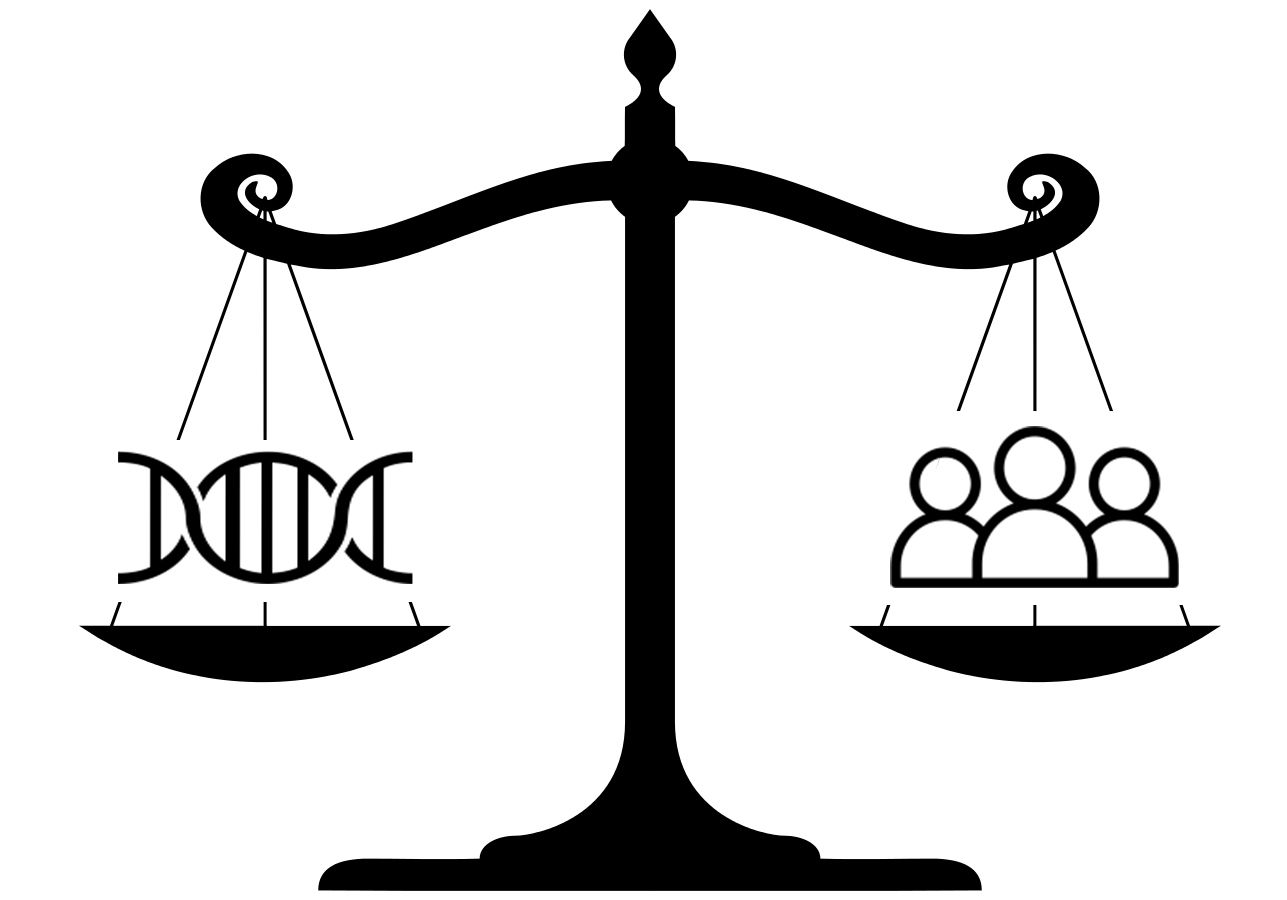
The biology of conflict –
The Gombe Chimpanzee War
Chimpanzees are humans’ closest relatives, making them good research subjects to shed more light on the topic.
The famous primatologist Jane Goodall has extensively researched the chimpanzees of Gombe for over 50 years. In her book ‘Through a Window: My Thirty Years with the Chimpanzees of Gombe’, Goodall shared the horrific conflict between a tribe of chimpanzees that she dubbed ‘Kasakela’.
A four-year Chimpanzee war broke out in the Gombe Stream National Park of Tanzania during the early 1970s. After the death of their leader, the Kasakela tribe was divided into two groups with separate borderlines. The splintered group, called the Kahama, consisted of nine Chimpanzee adults and their offspring, who relocated to the southern area of the park. Eight males and twelve females remained in the Kasakela group in the northern territory.
Besides the occasional cold encounters between the two divided groups, there were no casualties during the first three years. However, later, on the 7th of January 1974, six Kasakela males attacked Godi, a member of the Kahama tribe. He was beaten and bitten for ten minutes by the northern males, after which he was left to die.
Brutality continued following the incident, with members of both tribes attacking and injuring single victims from the rival tribe, rather than attacking the whole tribe. During her research, Goodall witnessed numerous of these attacks between the two communities.
Finally, the Chimpanzee war ended in 1978 after the death of the sole survivor of the Kahama tribe, Sniff; ultimately, the eight males of the Kasakela tribe had killed all six males of the Kahama tribe and took over the southern territory, only to lose it shortly after to a bigger tribe with more males (Lile, 2018; Smith, 2018).
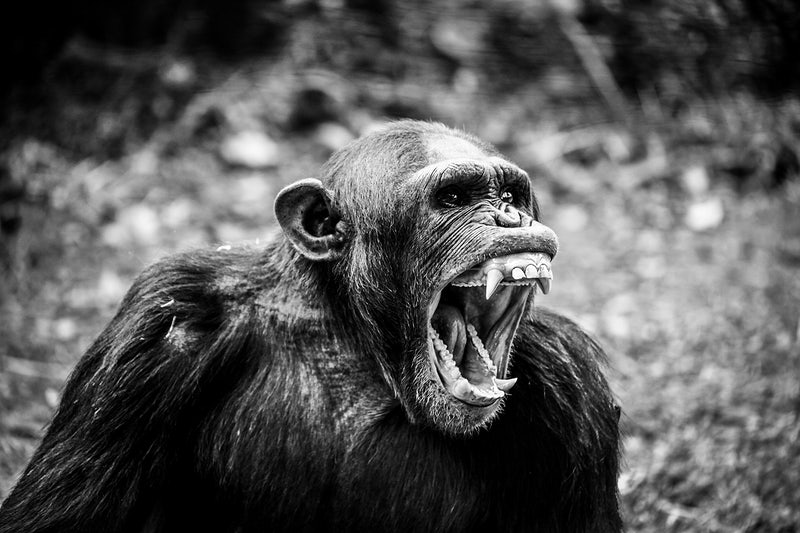
Human conflicts and the Gombe Chimpanzee War
Even though many things differentiate human wars and the Gombe Chimpanzee War, they also share similarities.
The Realistic Group Conflict theory states that limited resources can cause competition and antagonism between groups. These resources can be the basic necessities or psychological desires, such as status and power. In the case of the Gombe chimps, the war was initiated after their former leader died. It’s possible that the succeeding alpha males may have felt competition for fertile females, as there were unusually few in the tribe (Lile, 2018; Feldblum et al., 2018). Gaining resources and status could be argued to be the ultimate reason for intraspecies aggression and conflict. But how do our genes contribute to this?
It has been found that aggressive behaviour, to a substantial extent, is inherited, based on genetic variation. This also forms the foundation of artificial selection and domestication. For instance, Dmitri Belyaev’s Russian silver fox experiment ran for more than 50 years and showed that selective breeding of foxes with increased tame behaviour led to domestication syndrome within six generations. The foxes’ phenotypic traits changed in a way that can also be seen in dogs, pigs and cows: curly tails, spotted coats and floppy ears. Other changes such as smaller adrenal glands and reduced glucocorticoid (stress hormone) levels, as well as increased serotonin levels occurred over the following generations (Anholt and Mackay, 2012; Dugatkin, 2018).
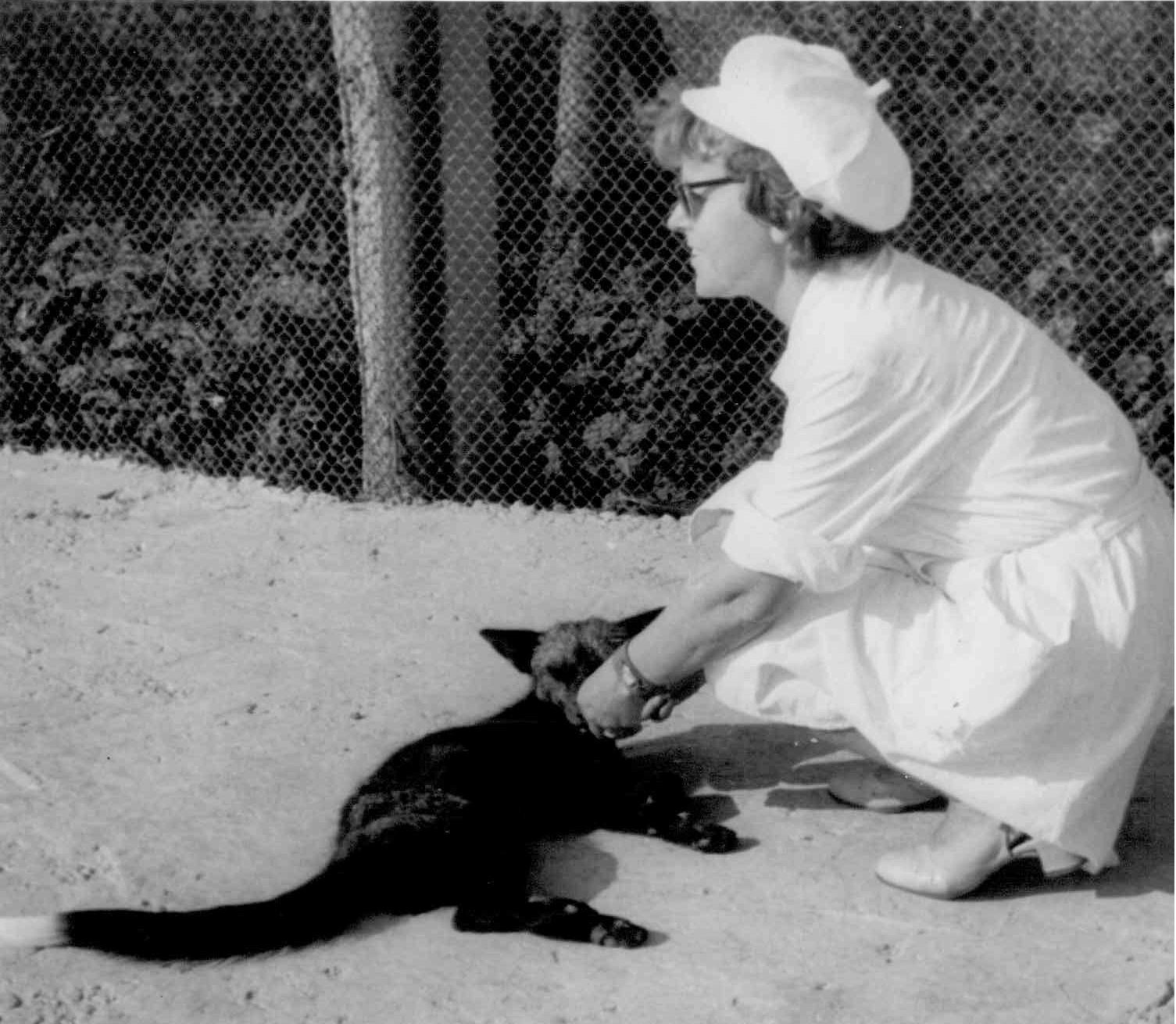
Image: Lyudmila Trut with a domesticated silver fox (Image source: https://commons.wikimedia.org/wiki/File:L._Trut_and_domestic_Fox-1974.jpg, Created by: Svetlana Argutinskaya, License: Creative Commons Attribution-Share Alike 4.0 International)
Human conflicts and genetic influences
A long list of genes that affect and regulate aggressiveness and violent behaviour has been found. The genes involved are mainly linked to the function of the neurotransmitters dopamine and serotonin.
The most researched genes are:
- MAO-A and COMT (dopamine and serotonin metabolism)
- DRD4 (dopamine receptor)
- 5HTT (the serotonin transporter)
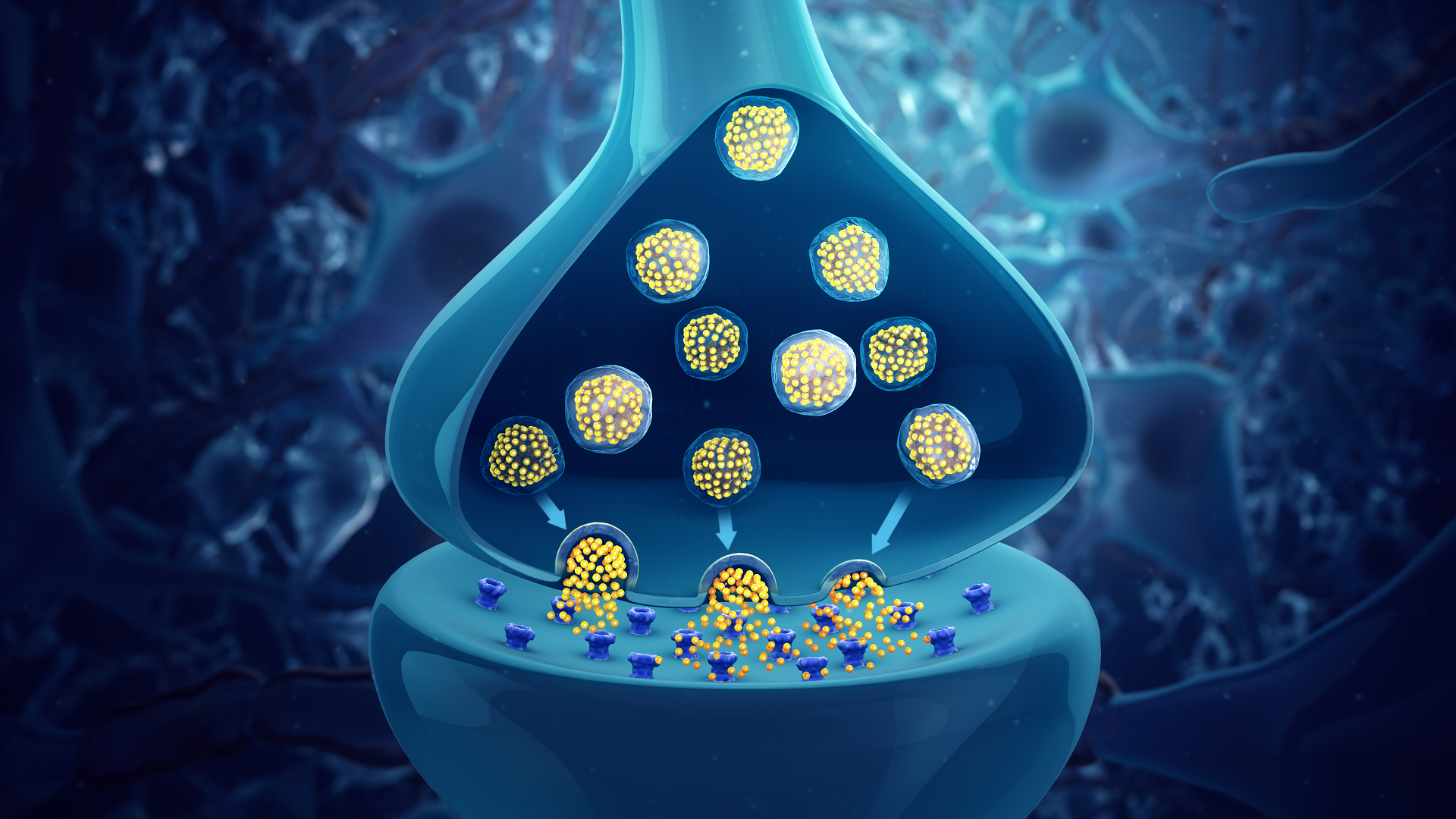
Image: Depiction of neuron and synaptic vesicles releasing neurotransmitters into the synaptic cleft. Neurotransmitters bind to receptors on the postsynaptic neuron (Image source: https://commons.wikimedia.org/wiki/File:Neurotransmitters.jpg, Created by: www.scientificanimations.com, License: Creative Commons Attribution-Share Alike 4.0 International)
MAO-A
Monoamine oxidase-A (MAO-A), an enzyme that degrades neurotransmitters and hormones like dopamine, serotonin and norepinephrine, impacts the regulation of different emotions. Some individuals carry genetic MAO variants that lead to reduced levels of MAO-A expressions in the brain. This is the case for the genetic variants VNTR 2 repeats and VNTR 3 repeats (VNTR: variable number tandem repeats), which result in a reduced expression of MAO-A. Studies have associated these variants with aggressive behaviour, impulsivity and patterns of manipulative behaviour towards others.
Significantly, the variants VNTR 2R and VNTR 3R seem to be affected by environmental factors such as maltreatment, trauma experienced during childhood, and social exclusion, contributing to violent behaviour and criminal delinquencies, amongst other consequences.
DRD
In terms of dopamine, VNTRs of the dopamine receptor D4 (DRD4) and DRD2, which function in dopamine signalling in the brain, have been associated with anger, aggressive behaviour and delinquency. Here, different polymorphisms affect gene transcription and translation in different ways. The 7R/long allele of DRD4 results in reduced dopamine sensitivity and function of the receptor compared to the 4R allele, which shows higher expression and sensitivity to dopamine. The 7R allele is associated with aggressive behaviour, delinquency and externalising behaviour, whereas the 4R allele is “only” associated with anger and externalising behaviour.
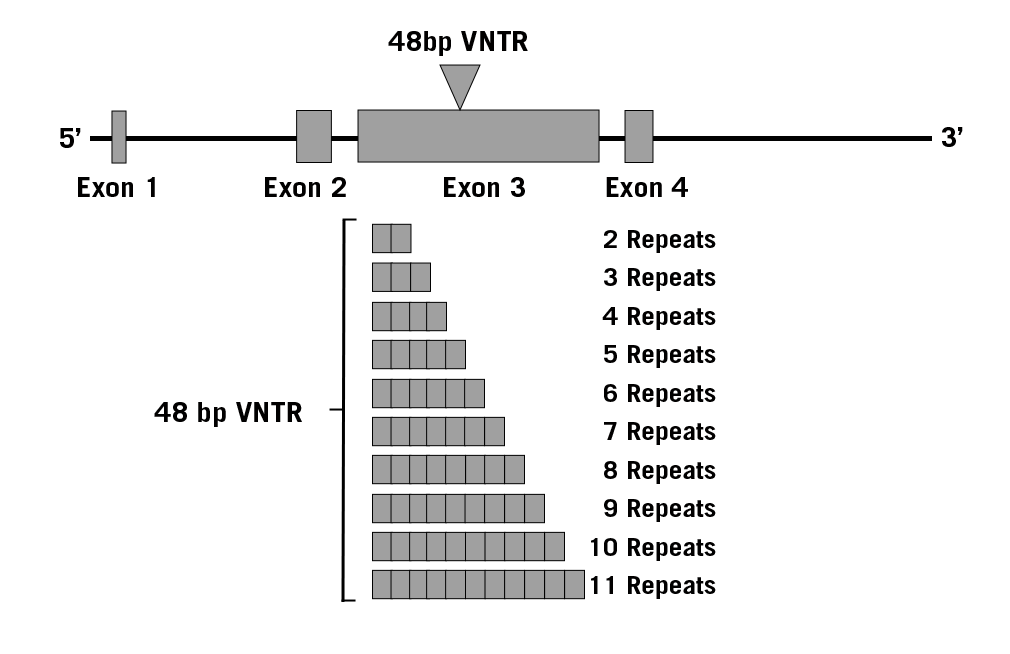
Image: Depiction of the human DRD4 gene including exons III VNTRs of 2 to 11 repeats.
5HTT
A polymorphism in the serotonin transporter 5HTT (encoded by SLC6A4) that acts in the reuptake of serotonin from the synaptic cleft, called 5-HTTLPR, has also been associated with aggressive behaviour, anger and hostility, among others (Guo et al., 2008; Fernàndez-Castillo and Cormand, 2016; Qadeer et al., 2017; Bonvicini et al., 2020).
ADRA2C
Another genetic biomarker for aggressiveness that is shared by humans and chimpanzees is a decreased neuronal expression of the Alpha-2C adrenergic receptor (ADRA2C) gene, which intensifies the fight-or-flight response. ADRA2C acts as inhibitor of the sympathetic nervous system, stimulating the fight-or-flight response. In humans and chimps, various proteins bind to the regulatory sequences of ADRA2C and reduce its expression. This has an impact on the ability to shut down the fight-or-flight response. Bonobos (very close relative of humans and chimpanzees), however, do show an increased expression of ADRA2C and are known to be much more peaceful than chimpanzees. This suggests that the genetic variation resulting in reduced ADRA2C levels was established relatively recently and could be a result of threats of war (Balter, 2014; Lee et al., 2018). In fact, humans and chimpanzees seem to be the only primates that frequently engage in warfare.
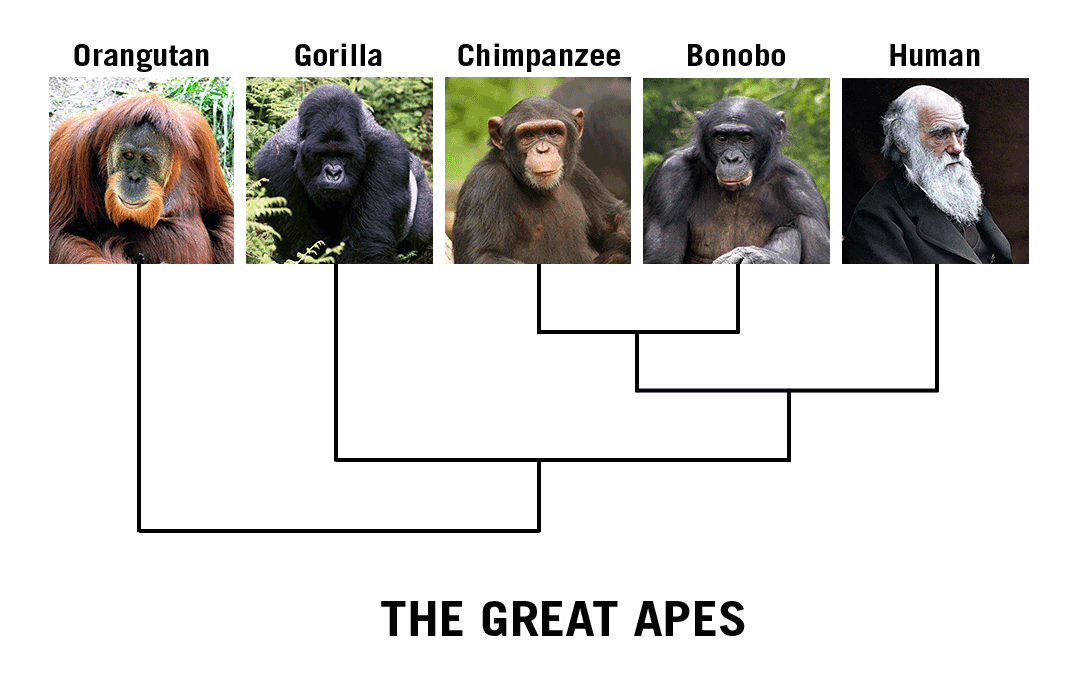
Other gene variants involved in the function of the neurotransmitters acetylcholine, nitric oxide and GABA have also been found to affect aggression in humans. Besides neurotransmitters, genes involved in hormone regulation, such as receptors for androgens and oestrogens, vasopressin and oxytocin, also play roles in the susceptibility to aggressive behaviour (Fernàndez-Castillo and Cormand, 2016).
Environmental factors
As indicated earlier, aggressive behaviour is not just determined by genes. The presence of aggression-associated gene variants does not necessarily make individuals aggressive.
MAO-A variants, for instance, that lead to reduced MAO-A activity and a dopamine hyperactivity, affect the activity of brain areas involved in emotion regulation and aggression. A study with around 900 criminals found low activity of MAO-A, combined with low activity of CDH13 (encoding a neuronal membrane adhesion protein), in criminals who committed a minimum of 10 homicides or repeated homicide attempts. The researchers suggested that 5-10% of severe violent crimes are linked to these genotypes. The relatively low percentage (even though it concerns severe, violent crime) and the fact that MAO-A variants are not uncommon among western Europeans, indicates that certain gene variants by themselves do not lead to violence or crime. Trauma, abuse and maltreatment experienced during childhood seem to be the decisive factors that interact with the described gene variant and increase the likelihood of aggressive behaviour.
The presence of MAO-A variations without trauma during childhood does not result in a statistically significant increase in aggression (Teicher, 2002; Guo, 2008; Tiihonen et al., 2014; Clemens et al., 2015; Dudeck et al., 2016; Gießelmann and Hartmann, 2016).

Plato already stated in Timaeus 360 BC: “For no man is voluntarily bad; but the bad become bad by reason of an ill disposition of the body and bad education, things which are hateful to every man and happen to him against his will.”


